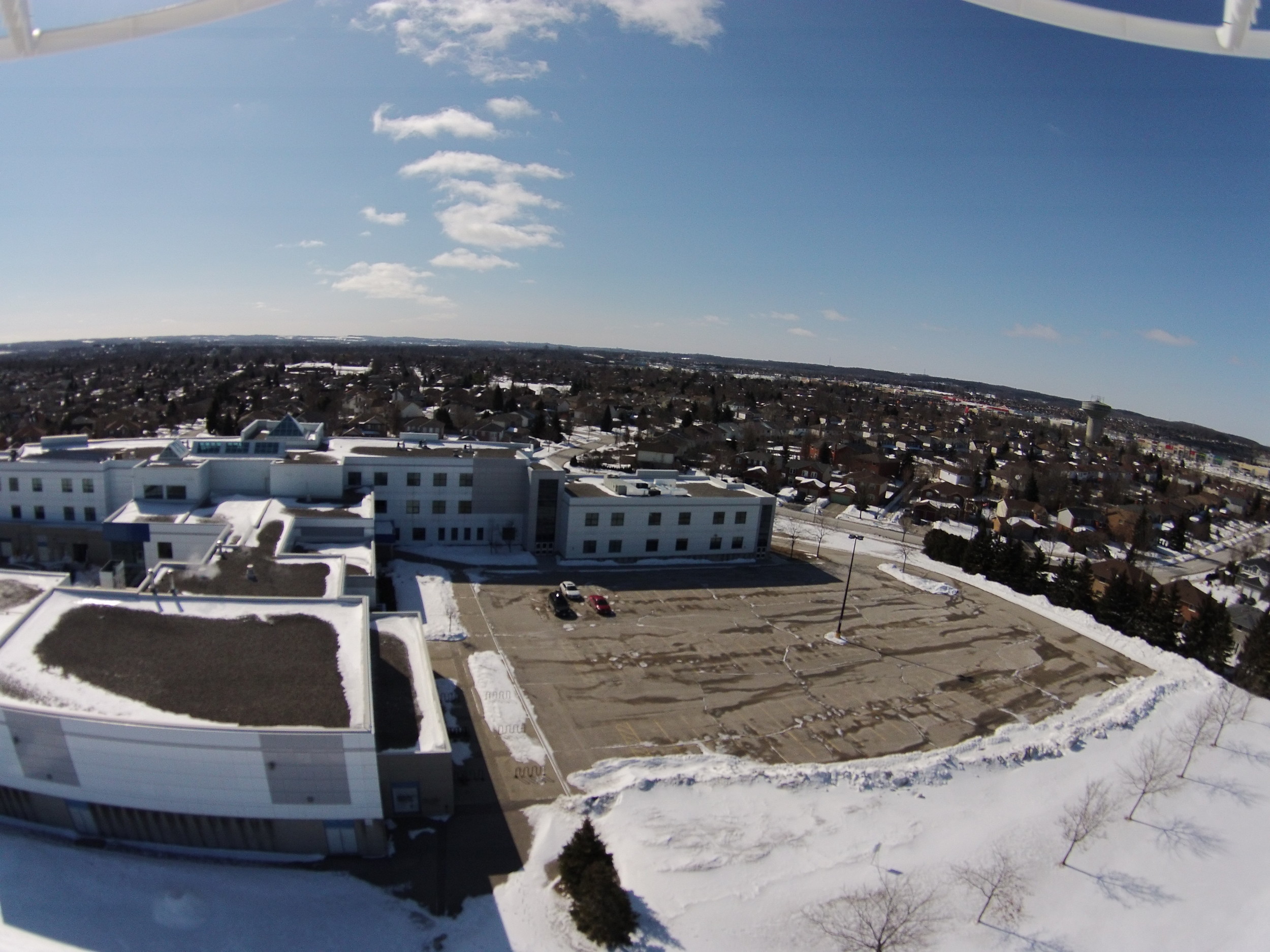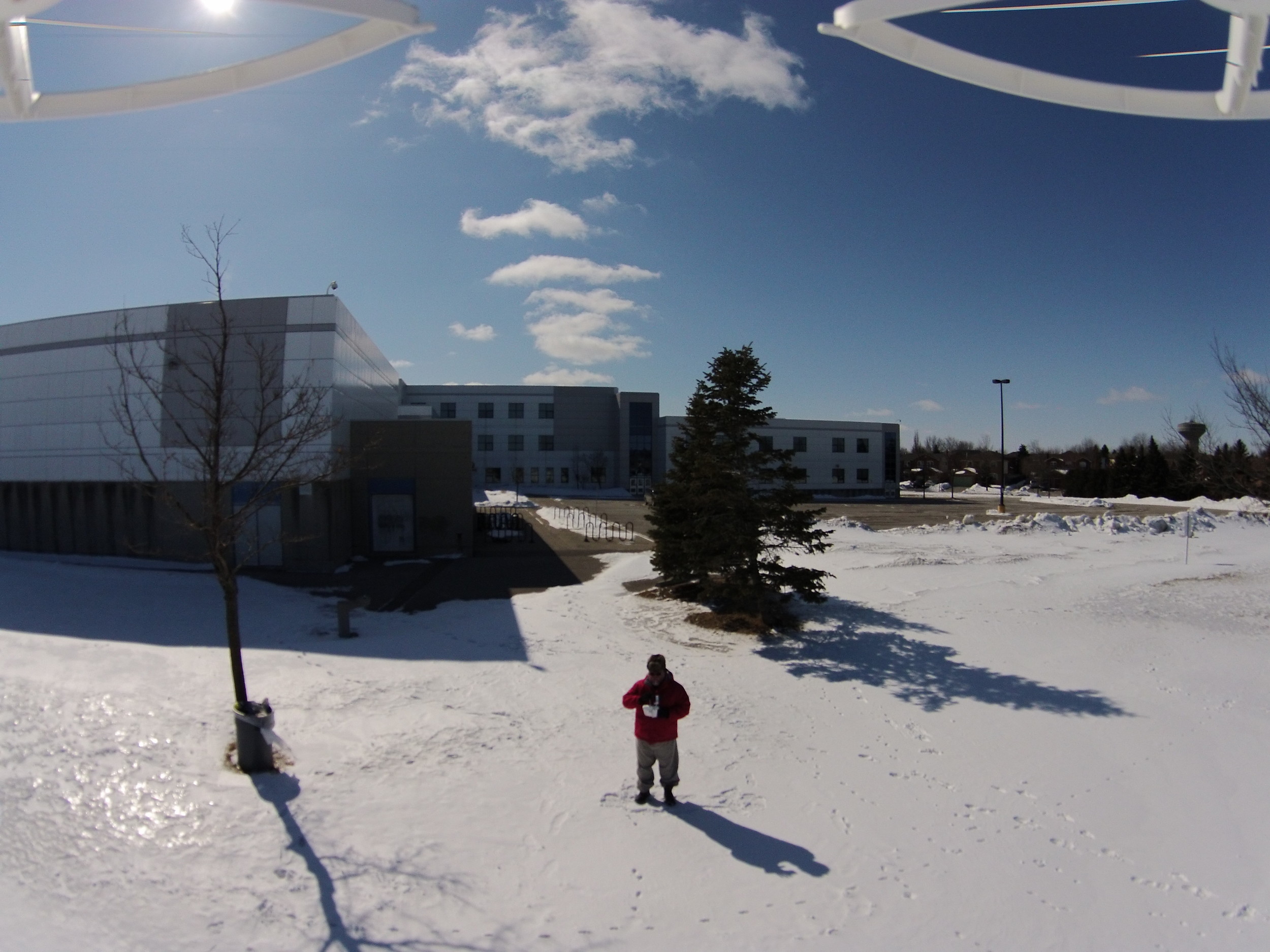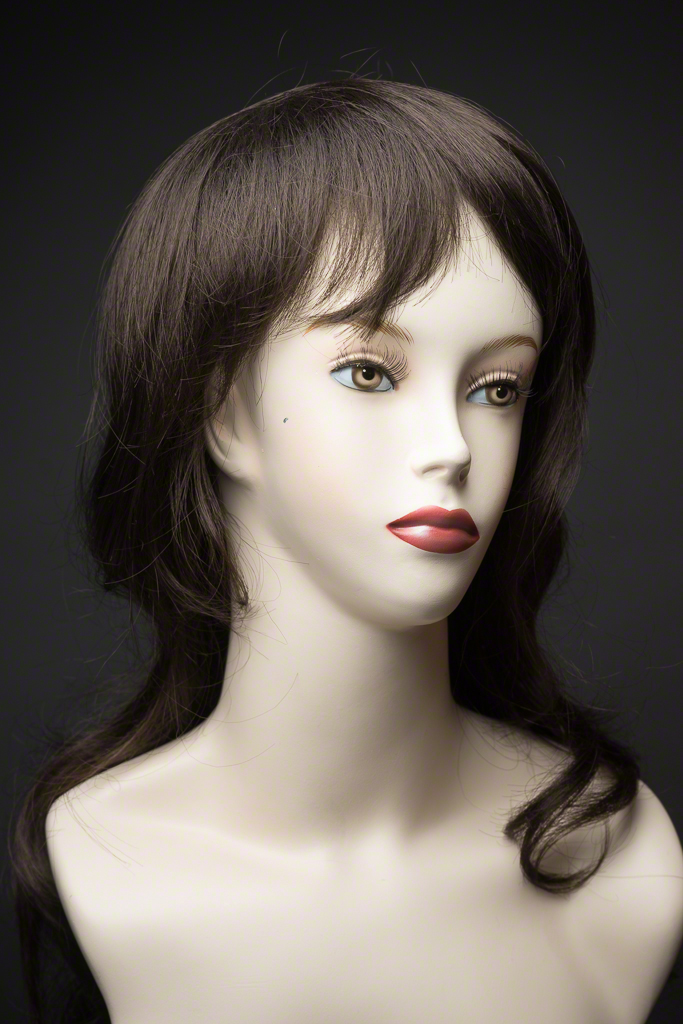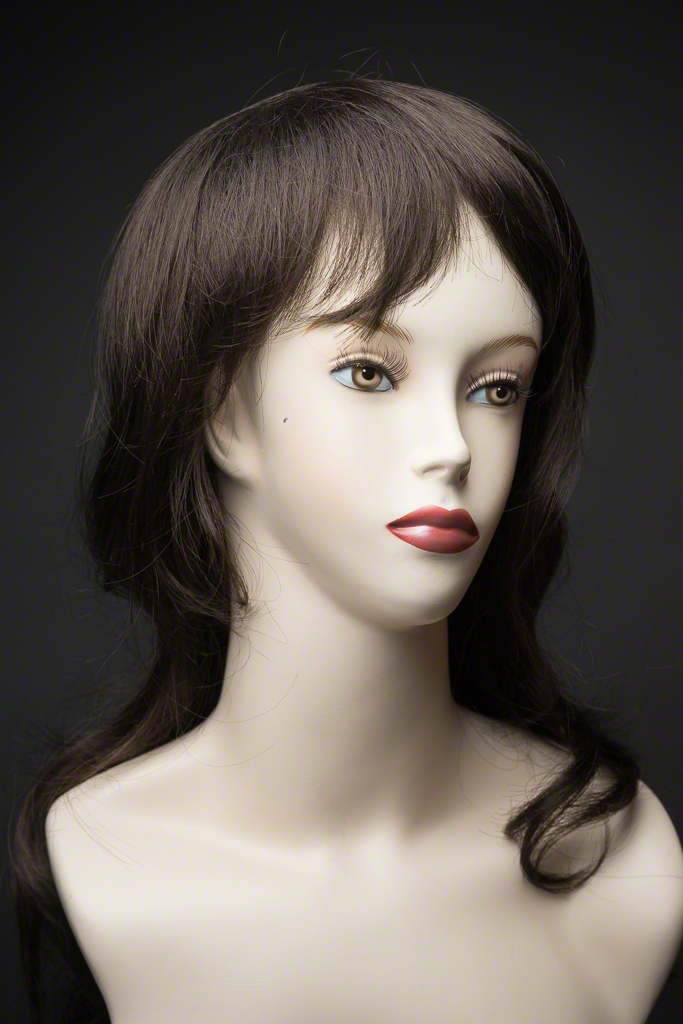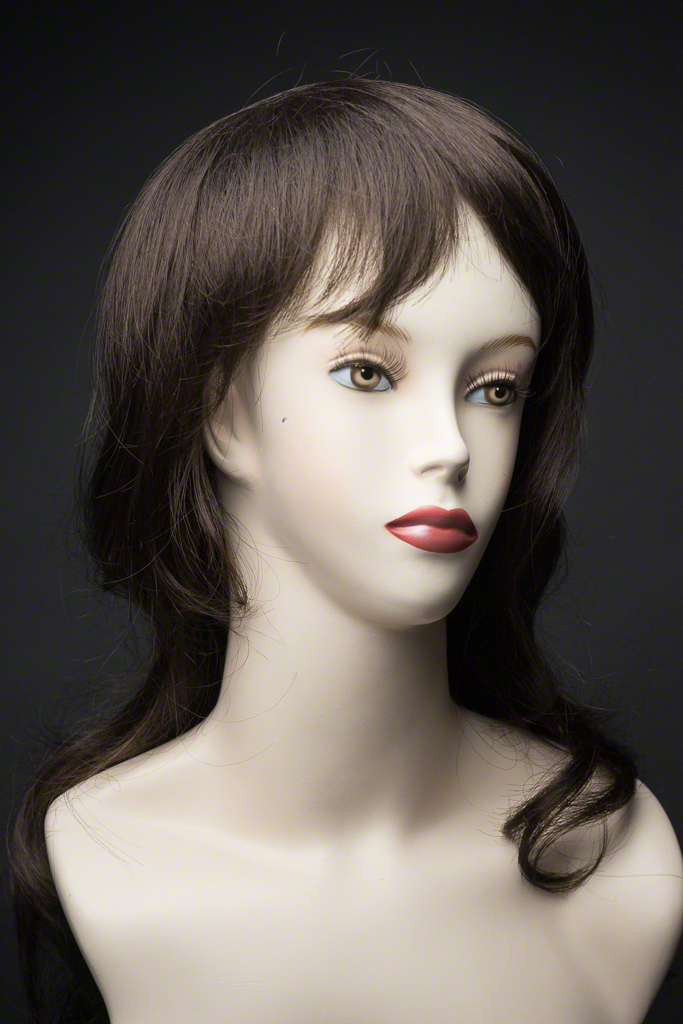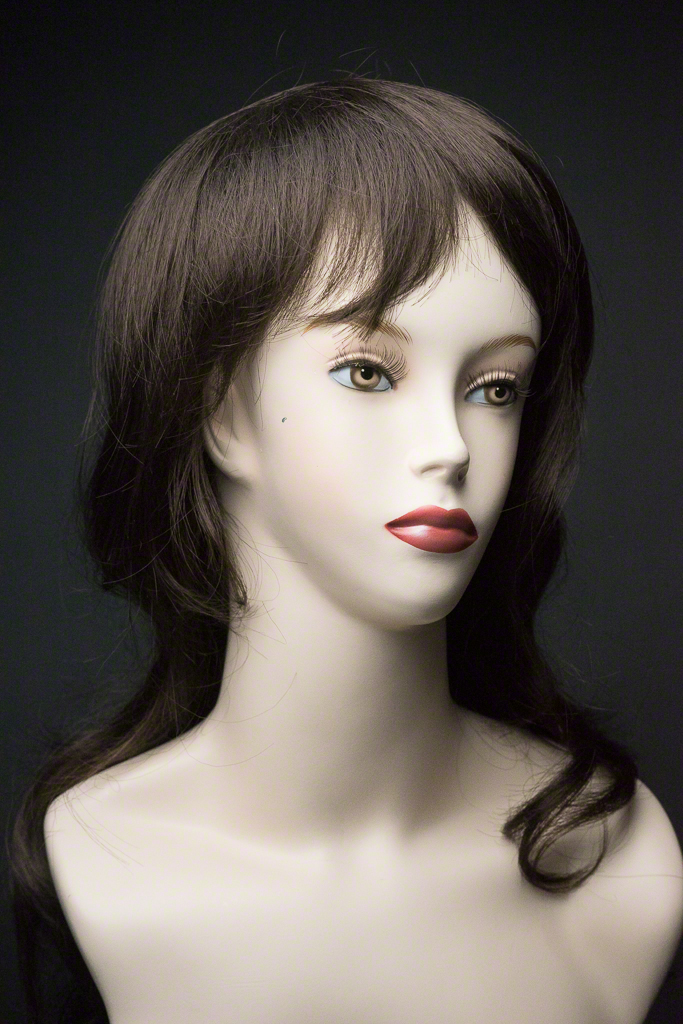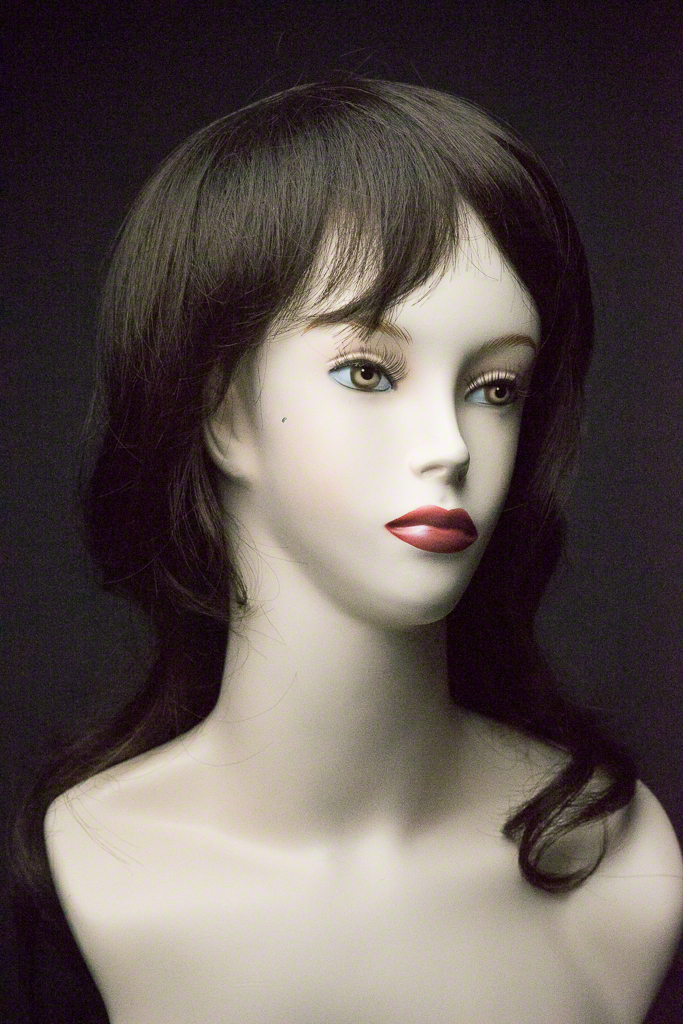REVIEW : The Phantom II Vision
/Drone helicopters with cameras are the "in" thing, so when Chris Atkinson of Henry's Newmarket asked if I would like to do an evaluation and review of the Phantom II Vision, I jumped at the chance. It's Wicked Cool
Overview
So what is a Phantom II Vision? It is a four rotor radio controlled helicopter with an attached servo driven camera.
The four rotor system with two pairs of rotors spinning in opposite directions to each other makes for a very stable "rotating wing" architecture. Traditional dual rotor helicopters are difficult to fly well, whereas the four rotor or "quadcopter" design can be flown by those who are not pilots or without days of practice and multiple crashes. Radio controlled means you fly it wirelessly via a pair of joysticks. I will refrain from joystick competency jokes here, suffice to say that the joysticks are not overly sensitive but also that they have real linear control, not just full on and full off. Have a servo driven camera means you can control the camera tilt and operation remotely, in this case from an IOS or Android based mobile device over a closed WiFi network.
There are kid's quadcopters you can purchase that you can fly in the house. The Phantom II Vision is not one of them. With rotor guards installed it's about 18 inches diagonally and it moves fast, so unless you want a busted copter or busted home furnishings, this is an outdoor only tool.
What's in the Kit
When you open the box, there is a black container holding Quick Start cards that are very easy to understand. Things that can fly, can also fall out of the sky, so READ the fine manual before you get started. As you unbox, you will find the quadcopter itself, and four sets of rotors. The Phantom II only uses two sets of rotors so the inclusion of the second set is recognition that buyers may not read the documentation fully and will break rotors. The rotors are designed to break on impact so people, pets and other things don't get ruined by spinning blades. You will also find a very sizeable battery, an international charger, the radio controller, a Range Extender, a mount for your smartphone and assorted cables and screws. The documentation is very clear and easy to understand, but you do have to read it to set the Phantom II up properly. The documentation varies on whether or not a Micro SD card is present. The main docs say nothing but others say that there is a 4GB card in the box with the quadcopter. Mine was already installed in the camera body.
Getting It Together
Follow the instructions. Seriously. There are two pairs of blades, one pair with a black cone and one pair with a silver cone that the docs refer to as black and grey. The black coned blades go on the black tipped motors and the silver coned blades go on the grey tipped motors. They screw on and are self tightening due to the thread direction. It's a simple and very smart system.
While you are reading and building, charge the main battery. Out of the box it showed two bars and it took a couple of hours to bring it to four bars. Fifteen minutes of flying knocked it back to two bars. The Range Extender is not an optional thing, so the name could be a bit of a misnomer. This is one place where the kit gaps a bit. The only way to charge the Range Extender is via USB so you will need a powered USB outlet to charge this unit. I plugged it into the computer USB port and it charged up fine.
You will need to mount the Range Extender to the frame of the transmitting radio, and also mount the smartphone holder to the frame as well. The kit includes a reversible slot/Philips head screwdriver as well as numerous well labeled screw bags.
If you do add the optional rotor guards, and you REALLY should, unless you want to be replacing blades a lot if you have a bad landing, and you likely will, you will need a metric Allen key set to remove some existing screws and replace them with the longer screws that came with the rotor guards. My kit did not have the Allen key, which is a buyer gap, but perhaps being a demo it was missing. Fortunately, I have multiple Allen key sets in the house as I keep misplacing them so this was not an issue.
Installing the memory card is pretty straight forward. Push the card into the slot until it latches. You have to press into the little depression that's provided to seat the card properly. Press again and it will pop out enough to remove. Note that the slot is in the back of the camera and while the edges are white, the slot itself is black and I started to put a card in, when one was already installed, so look closely in brighter light if you are not sure.
You will also want to head over to the DJI website and pull down the latest user's manual, software for your computer and check your system firmware. This is the same as one would do for any other camera. There are versions of software to run on both Windows and Mac OS X.
The Camera
This is one of the really great things about the Phantom II Vision. There are lots of quadcopters out there but most of them require that you own a POV camera or buy one at the same time and then figure out how to mount it up. The camera on the quadcopter is on a tilting mount and can be controlled by your smartphone via a free app over the quadcopters unique WiFi SSID. Documentation is a bit skint but it is quick enough to figure out. Being able to change the tilt at 150 feet up is really very cool. The lens is not dissimilar to the ultra wide pseudo fisheye we see in the GoPro. Edges bend, it's part of the charm, and there is no zoom in capability so you won't be using this as your own NSA spy drone. Having the camera built into the unit and remote controllable in the mount is a real win for folks in general and definitely a win for those people who don't want to spend a lot of time futzing around.
The camera is designed for video first of course, but does 14MP stills in addition to a variety of video resolutions. I was pleased to see three quality levels for JPEG as well as the ability to capture in RAW DNG format. Adobe already has a lens profile for the Phantom Vision II that corrects for the bends caused by the near fisheye lens.
The Phantom II also has integrated shock mounts between the body and the camera. This really helps reduce the jello effect a rigid mount camera will experience. I was surprised by the high quality of the video considering I had done nothing at all from a stabilization point of view.
There is an optional adapter that allows you to attach 46mm screw on filters if you wish to do so.
Flying the Phantom II Vision
The documentation is decent, although somewhat incomplete when it comes to flying the Phantom II. You get enough information to put the unit into the air and get it back on the ground, but beyond that, you're pretty much on your own.
I would strongly emphasis the impact of the wind conditions on whether you fly or not. The Phantom II is very lightweight. Despite a smooth body and the advantage of four rotors, wind will still impact the quadcopter. If you put it up on a day with much more than 3km an hour wind, you will have to be compensating for wind drift. The controller does not have trim controls to allow you to set a compensation for the wind, so watching what you are doing and where the quadcopter is going is very important.
The left joystick controls altitude with forward for up and backward for down. Moving the stick left or right rotates the craft on its axis. The right joystick controls flight direction. Move it up for forward, back for backward, right to slide right and left to slide left.
Once on the ground, you move both sticks to the inside bottom position to shutdown the rotors. Obviously, one should not shut down the rotors until the quadcopter is landed safely unless you want to see what a brick falling out of the sky looks like.
The cool thing about the built-in GPS is that when you fly the copter, it uses the GPS to maintain its position when you aren't touching the joysticks. Wind is hard to fly in with regular copters and while I did find the wind today had visible effect, I never lost control and the copter never got blown way off its hover. I have a regular RC helicopter that gets blown all over the sky by the slightest breeze, the Phantom II is incredibly stable.
The second day I was out flying, I met a fellow who had a Blade quad copter. He noted that he had lost it due to a flyaway and other owners blame this on interference because many of these crafts use the popular and overcrowded 2.4GHz band. The Phantom II uses the 5.8GHz band which is much less crowded and less prone to interference.
Communications distance is rated at 300m. If the Phantom II loses communication for a period of time, it enters failsafe mode. If it has a GPS lock (6 satellites) it initiates a Return Home profile that flies it back to it's takeoff point. Remember it doesn't know about buildings, poles, hydro wires so this reminds you to fly your unit in an unobstructed area. If the copter cannot maintain a GPS lock it initiates a safe descent mode. Hopefully that's not out over water, or a highway.
As you'll see from the images, the Phantom II is white. It does have indicator LEDs, but after some distance they become hard to see. When I was flying the unit the day I wrote this paragraph it was heavy white overcast and I lost the copter in the sky more than once. Looking down from the camera view, I saw a vast field of white snow and ice, not a ton of help but with a slow rotation, I got my bearings and used the pseudo radar on the app to fly the copter back into view.
I mentioned in the overview that the Phantom II is really an outdoor only craft. If you push the throttle to the stops, the craft will max out at about 35 m/s, which means it's out of range in less than 10 seconds. Altitude increases max out at 10m/s, down is much faster given the helping hand of gravity.
Lifting off is very easy and the general flying does not take long to get the hang of. DJI includes a Pilot's Handbook that coaches you through flight manoeuvres to build skill. Even landing is not hard, but I strongly encourage you to learn to flare the copter out about a foot up and then gently lower it to the ground by pulling back on the altitude stick. Once done, hold the stick all the way back for about 3s to shut down the motors.
DJI claims about 25 minutes flight time on a full charge and my own tests support their numbers. On my last day of testing, it was -12 Celsius and my iPhone shut down from the cold before the Phantom II did.
Here's a quick video showing what the footage from the camera looks like. It was shot at 1080p30 on a very blustery day. There's a fair bit of bouncing around happening, but it's impressive at how stable the Phantom II remained even when being buffeted by winds double the maximum recommended 5 km/hr.
The Remote App
The application that let's you see through the camera lens from the ground and also take stills and video runs on either IOS or Android. It connects via WiFi to the Phantom II itself. There is no security on this network, so ostensibly, someone else with the app could try to connect to the quadcopter, although I think it is limited to a single connection.
Once connected you get a reminder overlay of what the controls do. Unlike other quadcopters, you do not fly the copter from your smartphone, you only control the camera. Since the camera is servo mounted, this is more useful that it may seem, plus the joysticks give more granular control of the craft instead of using the accelerometer built in to your smartphone.
On IOS, the sliders are really up and down buttons, a tap per change, rather than a continuous sliding scale. This is not a big deal since you don't want to constantly be sending instructions over WiFi outdoors if you would like any kind of reasonable control time. For me, this is the biggest drawback. I started my first test with over 40% battery in my iPhone 5 and after 15 minutes or so, it shutdown. Now it was darn cold on that day, and I failed to shutdown other applications that were running in the background but the app seemed to be very demanding of power on my iPhone even though it is not doing all that much.
In addition to the stepped tilt control, you can put the quadcopter camera into a mode where the pitch and yaw of your smartphone causes the camera to tilt and rotate to match your actions. This is cool, but I think I would need a lot more video game skill to be able to do this, fly the copter and not crash into anything all at once.
You can use the app to download your stills and video from the Micro SD card to your smartphone but speedy it isn't and it does eat up battery on both sides. Better to pull the card out and load the files into your computer using a card reader.
You can make all your settings for the camera in the app itself. There are controls for video quality, still quality, ISO, White Balance and the like.
Plainly the camera is there for video first. Shooting at 1080p30 produces really excellent video, and you can run it all the way up to 1080i60 if you think you will be doing any slow-motion work in your edit.
The major downside of using your smartphone is that the screen gets washed out in the sunlight. The first day was bright harsh sun and it wasn't bad. The second day was heavy overcast and the screen was nearly unusable. You might need to make a cardboard hood to ensure that you can see your phone.
The app also provides you with a near real-time view from the camera, as well as distance, battery charge, artificial horizon and pseudo radar that indicates the position of the controller and the quadcopter.
Conclusions
The Phantom II Vision kit retails for $1,319.99 with pretty much everything you need to go. Considering that there is a really good POV camera in the kit that is remotely controllable, this is a pretty decent value as plain old quadcopters sell in the $800 range.
Of course I would suggest some accessories. You are going to want to get a car charger since you likely won't be flying this in your back yard. You may even want a spare battery. And while the camera comes with two spare pairs of blades, you definitely want to order a couple of extra pair of each, and I cannot recommend the blade guards strongly enough. If your touchdown point will be asphalt you might want to order up a spare set of landing gear. The gear is lightweight and a bit springy by design and a bad landing on hard ground could break it. There are extra shock mounts in the box for the camera mount, and you can buy more if needed.
I really like the Phantom II Vision. I know I could get a plain old Phantom II and a gimbal mount kit to use my existing GoPro with the quadcopter, but this is just so simple and straightforward and I don't have to worry about different vendor apps and interoperability and other concerns.
DJI also has a pretty decent user community, and there are already kits out to bring a Phantom I up to spec and I've seen some third party mods on radio controllers and such. A strong community behind a product like this is critical and the DJI family is already proven. More to the point, they also do pro-grade aerial cameras, so the expertise developed in this space naturally flows down to the consumer Phantom II Vision.
If you love the idea of flying your own POV camera, with minimum hassle on an easy to fly platform, the Phantom II Vision is the choice for you. Thanks again to Chris Atkinson at Henry's for the opportunity to use a unit for this review. You can see the Phantom online at Henry's here.



